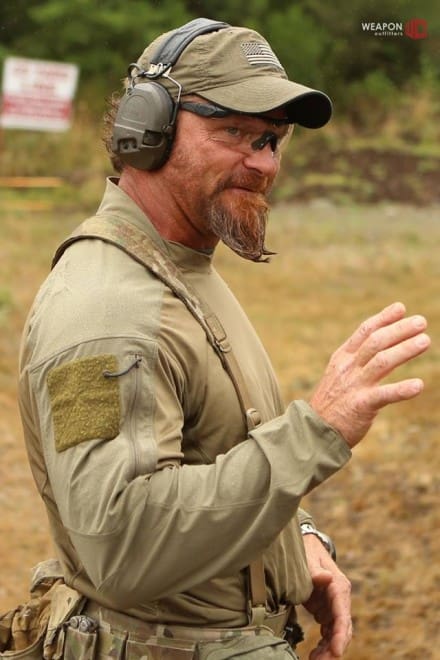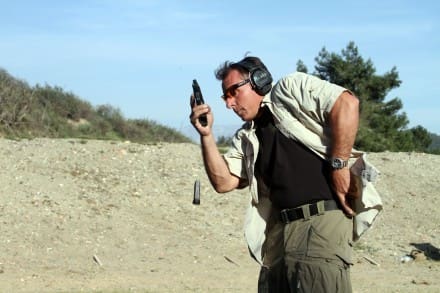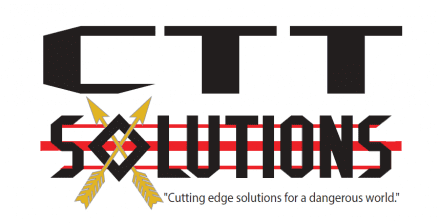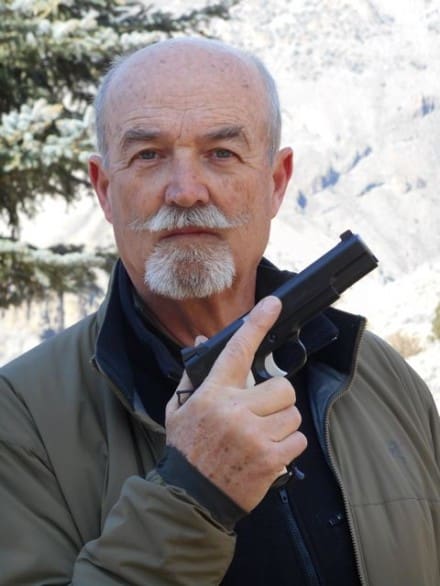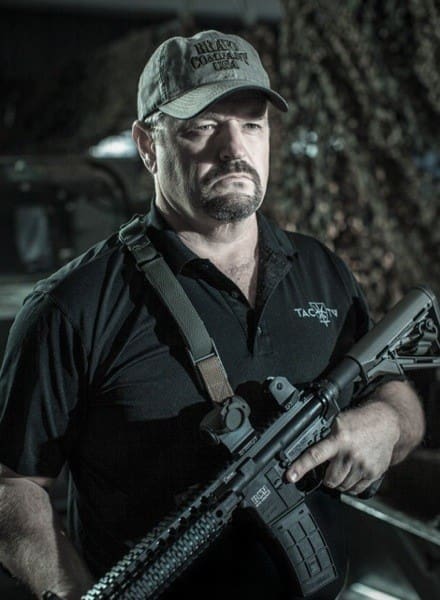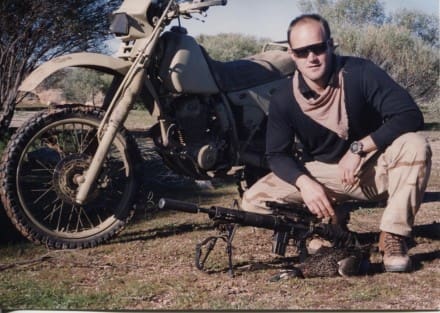There is a lot of talk about having the brightest light possible these days. For the most part, I find it comical and here is why.
Do you even carry a light bro…
Let’s be clear we are talking about self defense scenarios, scenarios where your personal safety is at risk. Due to this risk you may have to employ lethal force from your firearm. To further define this, you will more than likely be carrying concealed. Seems reasonable, so why do I find it comical? We have conducted a dozen of our Concealed Carry Tactics classes this year alone. So much information has been discovered in the process. For instance, the average student does not carry a flashlight. Oh, they might have a flashlight, but they do not carry one with them every day. A very small percentage of students will employ a dedicated weapon mounted light for concealed carry. If they do have a weapon mounted light they have opted not to carry a handheld flashlight.
Que the crazy
Granted, this is a small sampling, but damn it is still very telling. One of the most versatile tools you can carry on a daily basis is a rugged, compact and powerful light. This is the criterion we use to select our lights and we recommend folks follow as well. The real question is how powerful? Que the crazy… I am not going to get wrapped up in the crazy, there is plenty to go around on this, but what I will say is there IS a point of diminishing returns. I don’t care what some folks think, at some point the juice is not worth the squeeze. In this case, the juice is the ability to carry the light consistently; like every damn day.
Look, it’s covered…
I would prefer someone who is carrying concealed have a good light over a spare magazine if forced to choose. I find it far more likely you will use the light versus the spare magazine. The crux of the issue is your ability to conceal your full load out versus just “covering” it all. Too many folks live in a fantasy camp or downplay the importance because they cannot conceal properly. Some will go so far as to dismiss the importance of concealing properly with a hint of bravado. If you are going to carry concealed, the operative word being “concealed”, then do it better…case closed.
The wheels come off fast
Then there is the argument for having a light with ridiculous light output because they need to penetrate six rooms deep as they conduct assaults on some structure. The funny part is many of these folks are the same folks who will fall back to statistics to support their inability to demonstrate true marksmanship. Hitting their target on demand from the extended ranges. They practice almost exclusively at the extreme close ranges creating a house of cards. The irony is so thick you could cut it with your knife you probably do a poor job of concealing as well.
Could of, would of, should of
If you do subscribe to statistics and find yourself at close range, the likelihood of having the time to deploy an uber bright light is a pipe dream. A prime factor for most criminal acts is proximity. The suspect has to be close enough to do harm, threaten to do harm or force you to do something unsafe. Even in the blackest of nights, your ability to observe the gun or knife shoved in your face is probably better than you think. But still some believe it is better to have all those lumens in case they need it to identify a far threat. I’m good with that, maybe you do. Here is another issue few recognize; your ability to accurate identify friend from foe. So, while your light may be ridiculously bright can you actually see the threat and when I say see, I mean be able to articulate in a court under oath you positively identified your threat before you employed lethal force.
Carry a light, carry it all the time and conceal it better.
– Jeff Gonzales
Trident Concepts, LLC
Jeff Gonzales of Trident Concepts, LLC is a decorated and respected U.S. Navy SEAL who has worked in a variety of environments and capacities throughout the globe. He specializes in personal protection tactics and training for armed and unarmed conflicts. His motto is “Concepts that meet reality”. Jeff’s goal is not simply to train you, but to better prepare you for the worst-case scenario.
Gunfighter Moment is a weekly feature brought to you by Alias Training & Security Services. Each week Alias brings us a different Trainer and in turn, they offer some words of wisdom.


